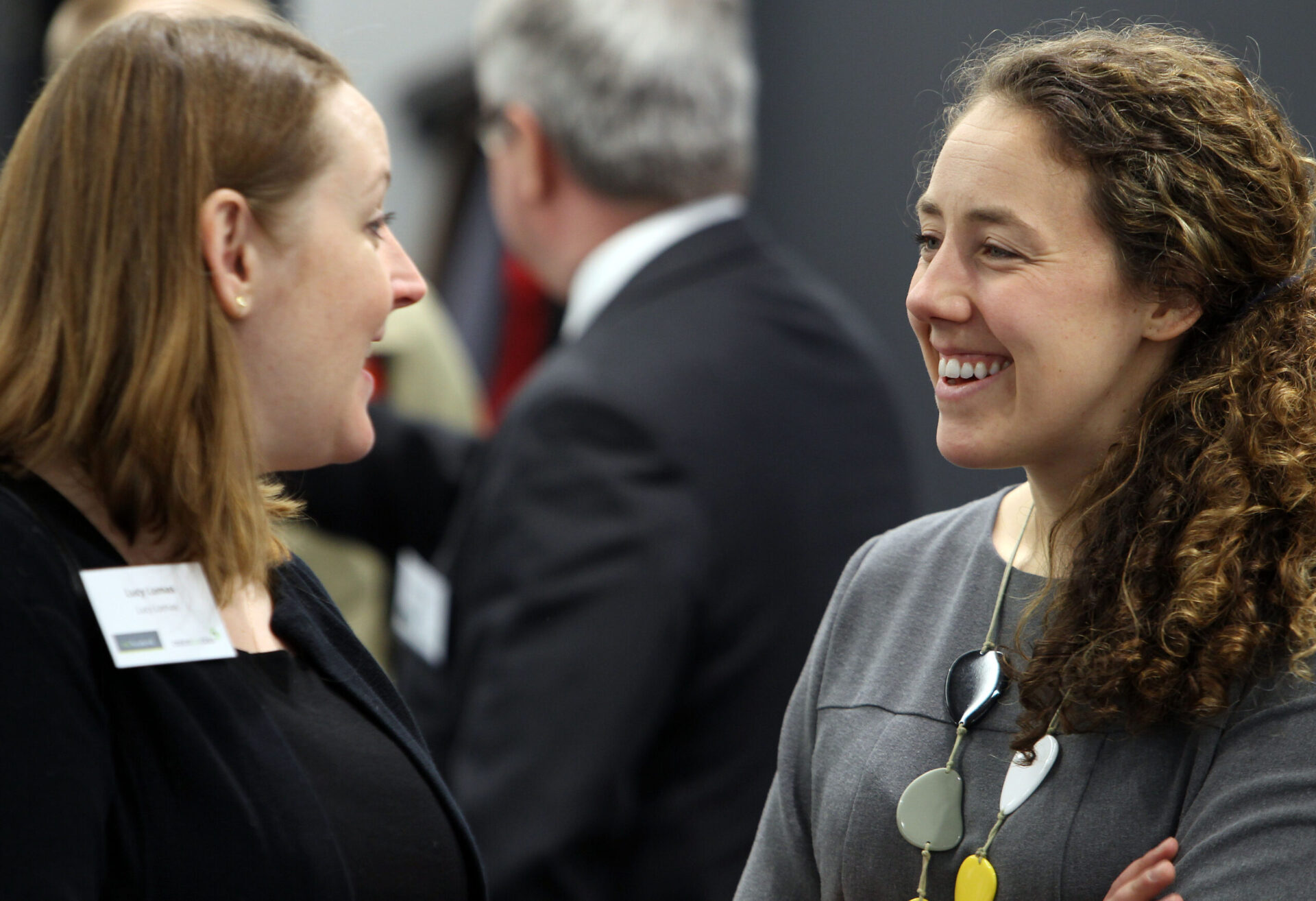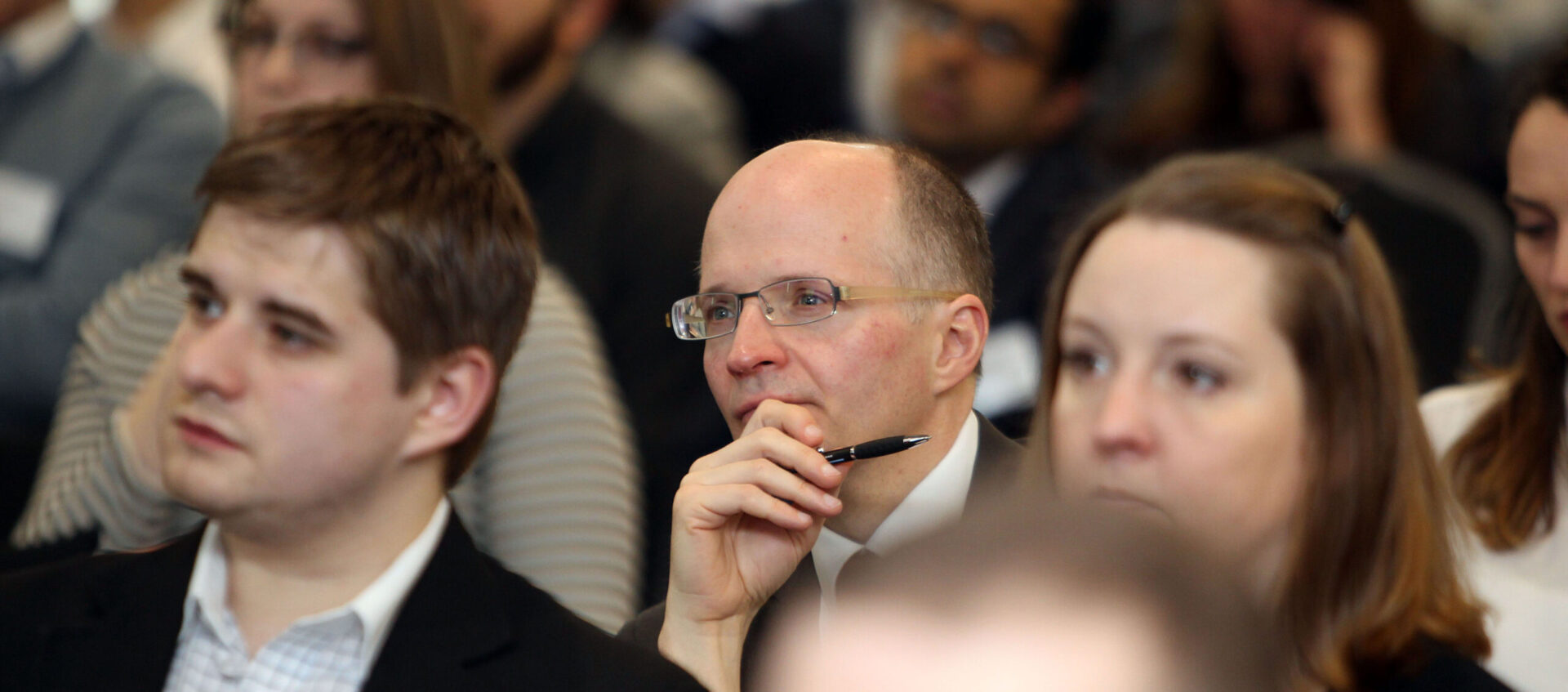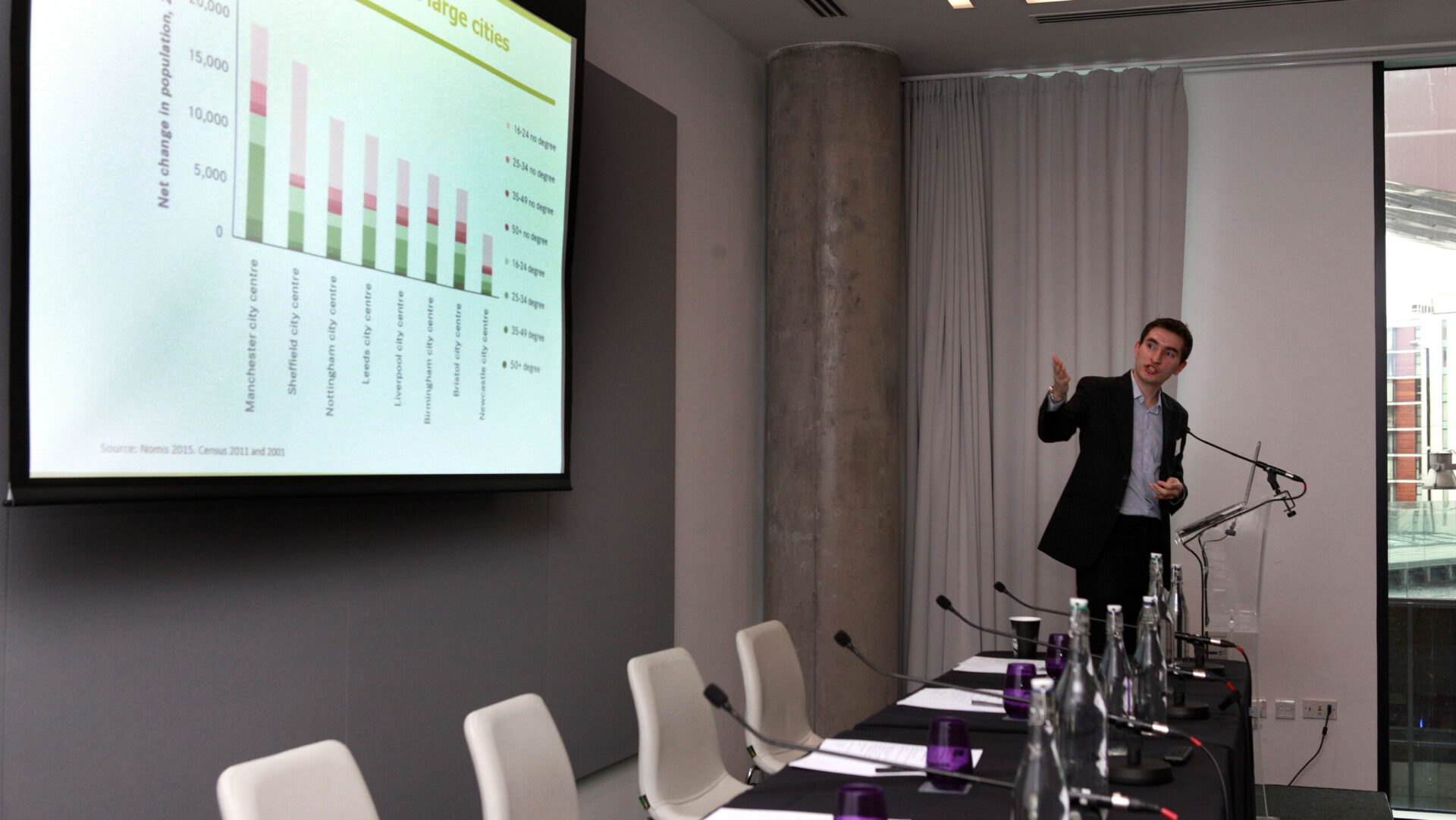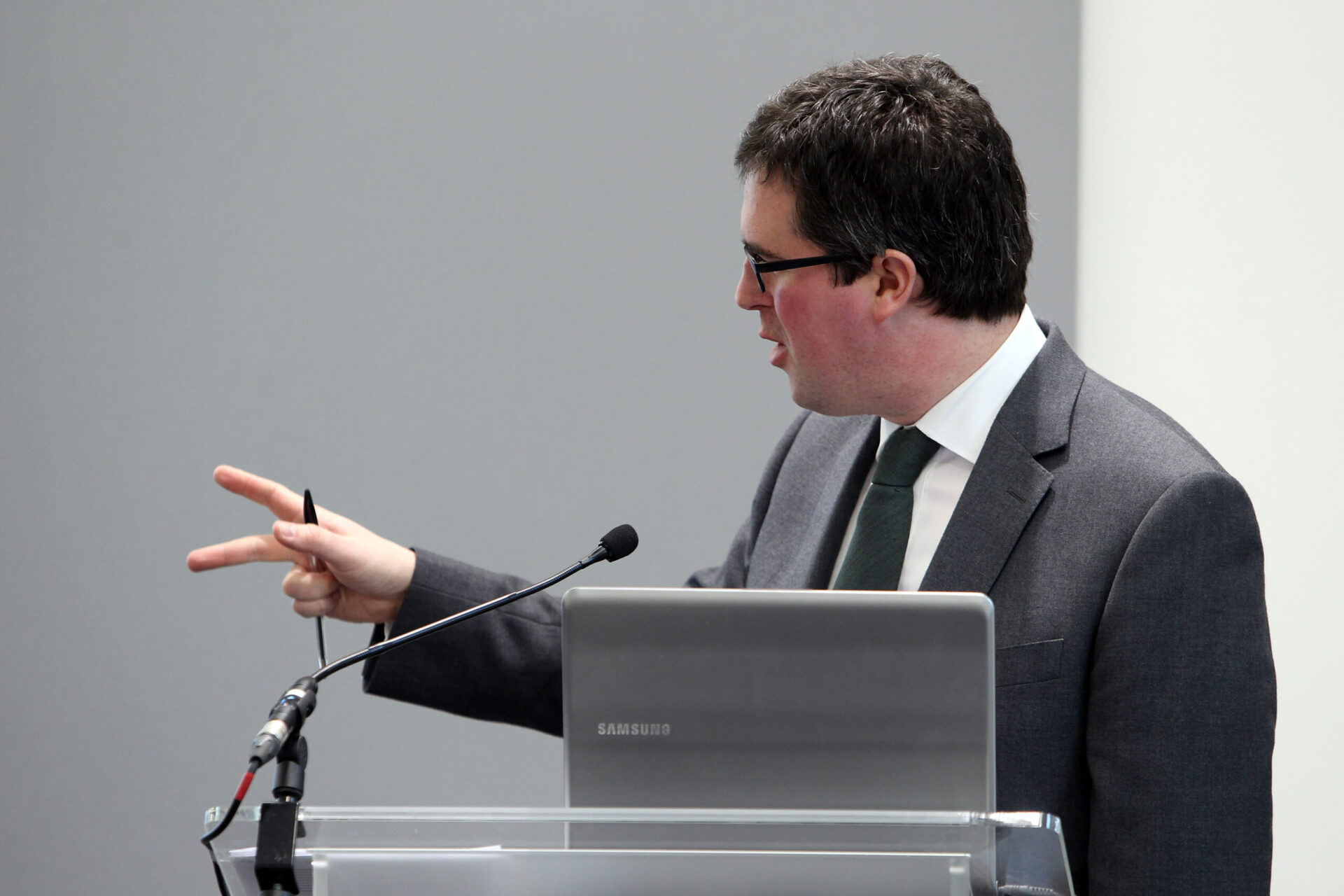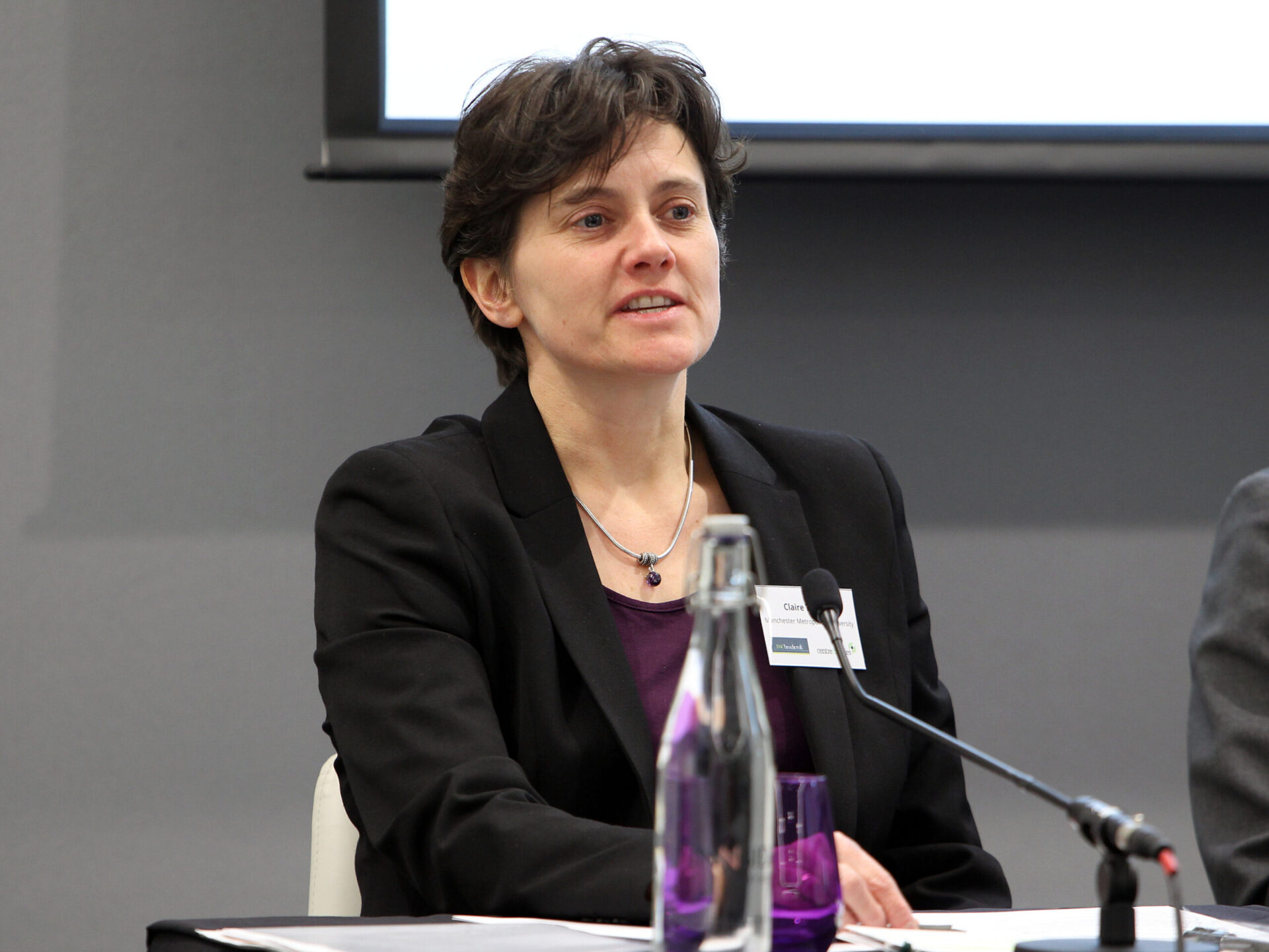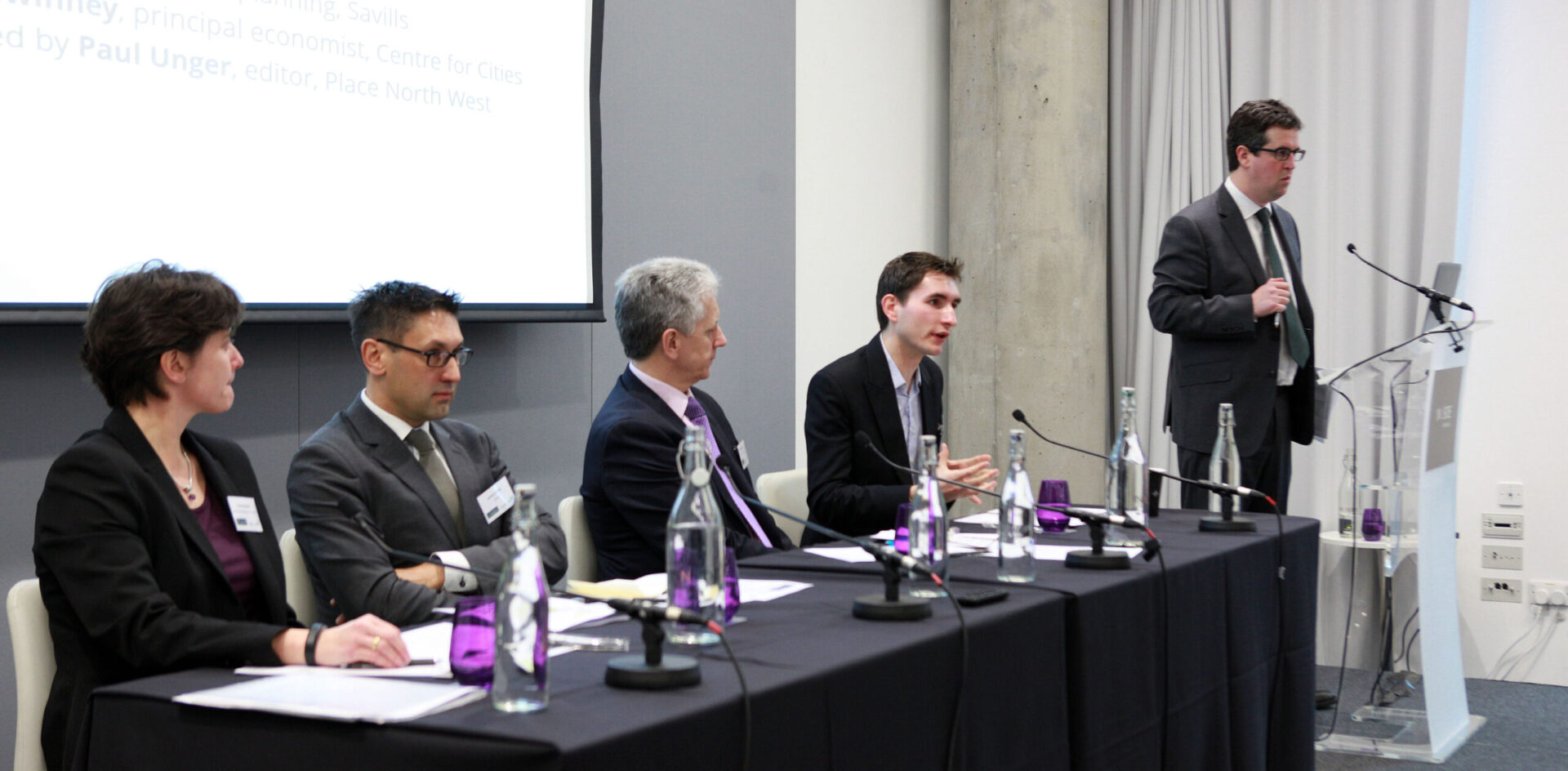Event Summary
Manchester Urban Demographics Briefing: Slides, summary + pictures
 Good public transport is essential to ensuring Manchester becomes a strong place to do business, according to Paul Swinney, director of think-tank Centre for Cities.
Good public transport is essential to ensuring Manchester becomes a strong place to do business, according to Paul Swinney, director of think-tank Centre for Cities.
Swinney was speaking at a special breakfast briefing organised by law firm DAC Beachcroft and Centre for Cities, to discuss the findings of the pair’s Urban Demographics study, which looked at the changing shape of town and city populations, including Manchester as a case study.
The report showed that the availability of public transport was among the key drivers for bringing people back into the city centre, but remained a weak spot in most UK cities.
“Congestion charges are a political hot potato, but should that debate be put back on the table in Manchester?” Swinney asked.
See gallery below
“Outside of London, there’s a snooty view of public transport,” he said. “Whereas in London, the changing geography of jobs has caused an increase in use. Around 90% of people who work in London use public transport, and investment worked with the grain of that increasing demand.”
Joining Swinney for a panel discussion were:
- Mike Blackburn, chairman of Greater Manchester Local Enterprise Partnership and regional director of BT
- Claire Twaites, director of facilities at Manchester Metropolitan University
- Jeremy Hinds, head of planning at Savills Manchester
Blackburn agreed that public transport remained a weakness in parts of Greater Manchester, but highlighted the disparity between Manchester and the capital in terms of investment in infrastructure as a big issue.
“We do badly in terms of public transport, and it’s not hard to see why.” Blackburn said. “In London, £2,000 is invested per person on transport infrastructure, compared to £300 in Manchester.
“We view transport completely differently in the North compared to London, and we operate on a different scale. To put it into perspective, the length of the London underground Central Line, when laid across the North, would connect Manchester to Leeds.”
The Centre for Cities report was compiled using extensive research based on surveys of residents in four case study locations; Manchester, Sheffield, Brighton and Swindon.
Swinney laid out the key findings of the report, which focused on why many cities were seeing a return to urban living. “Since 2001, there has been a huge acceleration in that trend. Between 2001 and 2011 there was an 8% growth in population, but a 36% growth in the city centres.”
In Manchester, this has been led by students and young professionals, many of whom stayed on in the city centre after graduating from university.
According to MMU’s Twaites, there are 100,000 students in the city centre, “which presents a challenge for housing strategy”.
“Surprisingly to some, only 26% of students live in purpose-built student accommodation. We’re seeing apartment living increasing, but then that becomes a barrier for young professionals who are competing for that same accommodation. Ideally, we want affordable student accommodation of high quality, in the city centre.”
A question from the floor drew the panellists’ attention to digital infrastructure as essential to supporting the growth of a world class city, and the panel conceded that, as with transport, more needed to be done.
The Urban Demographics report showed a huge spike in jobs in very specific city centre locations, normally dominated by the knowledge economy, which relies on high-speed Internet connectivity to exchange ideas and information.
“With our research, Manchester didn’t do well in terms digital infrastructure,” Swinney said. “The challenge is how to get digital infrastructure in these ‘right’ places.”
According to Blackburn, also regional director of BT alongside his LEP role, Manchester’s capacity to support the fastest broadband speeds was not the issue, but rather the expense of installing the latest cabling. However, he said that the goal was to be 95% fibre-optic-connected in Manchester by the end of 2016.
“Let’s not do ourselves down, the UK is third in the world for digital connectivity, and the other countries that beat us are smaller, and the Government have put all of the money in to support the tech improvements.”
For the universities having to handle an influx of tech-savvy students, the change had been “exponential” said Twaites.
“The digital estate and digital masterplan is a big focus at MMU. Students are carrying around up to five devices and want them all to connect instantly.”
As city centre property assets become increasingly crucial in supporting jobs growth, planning initiatives such as permitted development rights, which allows conversion of offices to residential use without the need for full planning process, would likely become a more contentious issue, warned Swinney.
“Permitted development rights were created a few years ago to try target struggling centres and try to give rebirth,” Swinney said. “But they’re not needed for all cities, and in some places the commercial-to-resi takes away the commercial space that is essential in supporting jobs.”
Savills’ Hinds said that PDR did not pose a threat to jobs growth through the loss of office stock in Manchester and other Northern cities “as there is a lot of office stock with conversion potential, and an undersupply of apartments.”
If Manchester is to move closer to the success of London, the ongoing strength of its leadership would be a deciding factor, the panel agreed. Widespread changes were already underway, with the emerging impact of the devolution deal, the impending election of a directly elected mayor for the city region in 2017, and the developing Greater Manchester Spatial Framework.
“The way Manchester communicates within itself has always been its strength,” said Blackburn. “We have the Association of Greater Manchester Authorities, and the Combined Authority, and we have made these big decisions collectively.”
However, he conceded that the emerging GM Spatial Framework, which will be a statutory document guiding development in the city region for the next 20 years, could present some challenges as the separate local authorities put their individual goals to one side for the sake of the wider plan.
“Spatial planning will bind places together, but it will be tense,” Blackburn warned. “Aside from working within Greater Manchester, we also need to do cross-border working, with Cheshire East, and with Warrington.”
As an outsider to Manchester, Swinney said he was curious to see how the mayoral role would work within the current system. “It’ll be interesting as the mayor is one amongst equals. If, unlike the London Mayor, he doesn’t have the power to veto, then his role will be weakened.”
While Hinds conceded that it was very difficult to use London as a point of comparison as it had become so different to the rest of the UK, it presented a blueprint for other cities to follow.
“We need to see the same level of governance as in London,” he said. “It shows that that level of growth is achievable, and that a vibrancy and variety of jobs can be created.
“As the Northern Powerhouse emerges, I don’t accept the view that we need to develop centres of excellence within the North, and copy one another. We need to work collectively.”
Click image to launch gallery
- Paul Swinney presents the findings of the Centre for Cities Urban Demographics report
- Jeremy Hinds, head of planning, Savills
- Paul Unger, editor, Place North West chaired the panel
- Mike Blackburn, chairman of Greater Manchester Local Enterprise Partnership and regional director of BT
- Claire Twaites, director of facilities, Manchester Metropolitan University
- Alison Key of DAC Beachcroft introduces the briefing






